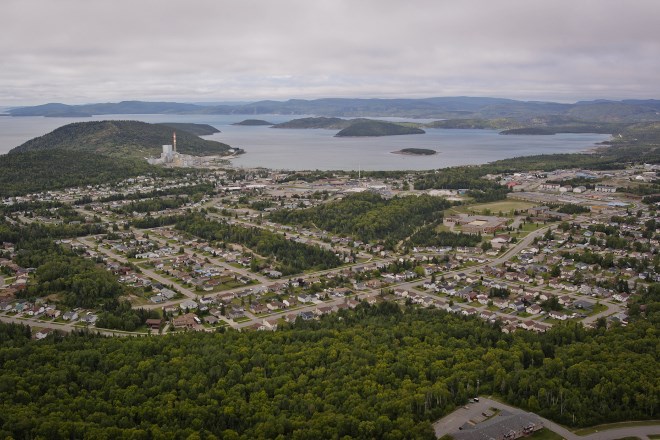If liquefied natural gas (LNG) distribution ever becomes reality to residents and industry along the Lake Superior’s North Shore, it’s going to require some federal buy-in to make it happen.
That was the takeaway for Marathon CAO Daryl Skworchinski after a meeting with provincial infrastructure ministry officials in early May to learn the details on a revised natural gas program.
The $100-million provincial grant program, designed to expand natural gas networks in rural areas, is likely only “seed money” to fund the five-community project, said Skworchinski. “It’s certainly not enough. We’re going to have to go to the feds for the dollars.”
Skworchinski said they’ll have to huddle with Thunder Bay Superior-North MP Patty Hadju to learn about some of the funding parameters behind the proposed Canada Infrastructure Bank, a Crown agency created to leverage private capital to help fund major construction projects.
For two years, the communities of Terrace Bay, Schreiber, Marathon, Manitouwadge and Wawa have worked on the LNG project with Northeast Midstream, a southern Ontario energy developer, to study the feasibility of trucking liquefied natural gas to distribution points in each of the communities, and possibly to industry.
The area’s rugged topography doesn’t allow for the expansion of natural gas pipelines.
Last winter, the LNG project and its business case looked to be in jeopardy when the province announced it was changing and repackaging the natural gas expansion fund from a combined $200-million loan and $30-million grant program to an entirely $100-million grant program.
Though there’s still no guarantee the LNG project will come to fruition, Skworchinski expressed confidence in their case since they have a private developer in place, and that their project checks off all the province’s program guidelines in addressing economic development needs, reducing greenhouse gas emissions, and servicing a large number of residential customers.
“It’s still alive. There are lots of moving parts in a $70-million project,” he said. “We know we have a competitive project on paper; the due diligence is solid.
The key piece right now is where do you find the millions of dollars that you need?”
After conferring with the CAOs from the other communities, he said they’ll likely lean toward submitting an application to the province prior to the July 31 deadline.
In the meantime, they’ll scrounge for financing and do more advanced work on what the project will look like.
“We’re nowhere near saying the project is a go, but we’re ready to take the next step.”
To help finance the project, the communities have creatively adopted an incremental tax financing model by reinvesting the taxation from the local distribution plants back into the project.
“Over the course of the project, it’s millions,” said Skworchinski. “But it’s hard to determine until you actually determine what the cost to build the project is.”




